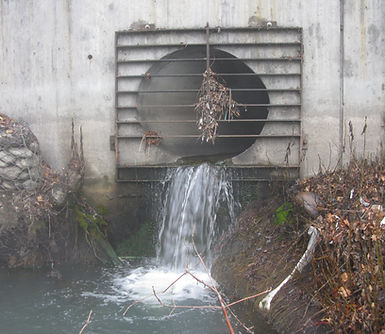
Conservation Economics Institute
Economic solutions for conservation today, a brighter future tomorrow.
Regional Economic Values of the Bear River
The Bear River flows for hundreds of miles across three states (Utah, Idaho, and Wyoming) and is the largest tributary to the Great Salt Lake. Along its course, the Bear River provides water for agriculture, municipal and industrial uses, hydropower, recreation opportunities, and valuable ecosystem services. A full valuation of how the Bear River contributes to the regional economy provides an economic baseline that can be the basis for evaluating tradeoffs from water policy decisions.

Bear Lake Regional Economic Contributions
Bear Lake is a natural amenity that attracts visitors and seasonal residents, provides numerous recreational opportunities, and provides for water-based ecosystem services. The economic demand for Bear Lake recreation spurs abundant regional economic contributions in terms of employment and income. Understanding the regional economic contributions of Bear Lake can inform the development of policies that ensure a sustainable economic future for the Bear Lake region.

Green Stormwater Infrastructure Economics
Stormwater infrastructure is of growing interest in urban areas as communities face significant costs to modernize stormwater management to better deal with flooding and water pollution. Millions of dollars are being spent on improving stormwater management to achieve pollutant reductions required by the Clean Water Act. To better understand the economics of stormwater infrastructure in the Boise urban area, we worked with Idaho Rivers United to conduct a cost-effectiveness analysis of four types of green stormwater infrastructure (GSI) and two conventional infrastructure analogues. As GSI provides additional benefits beyond stormwater capture, the social benefits of GSI are also examined.
